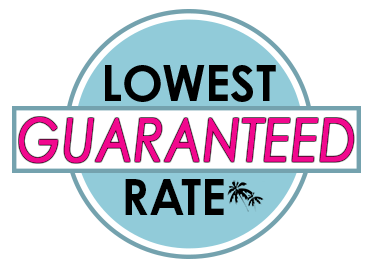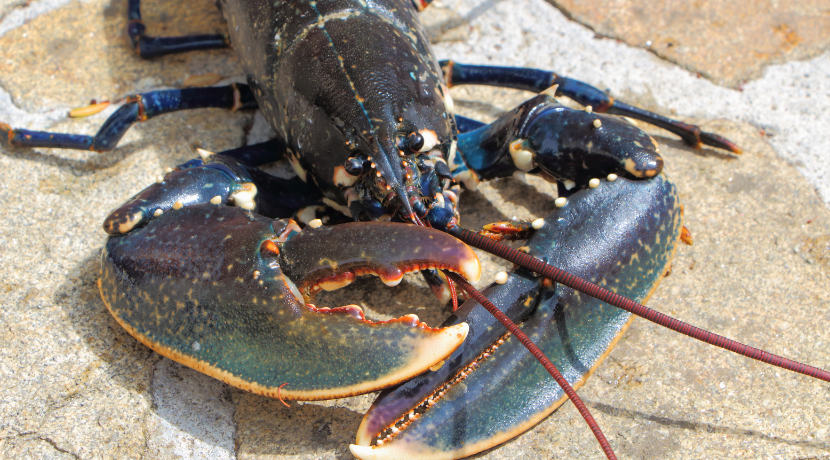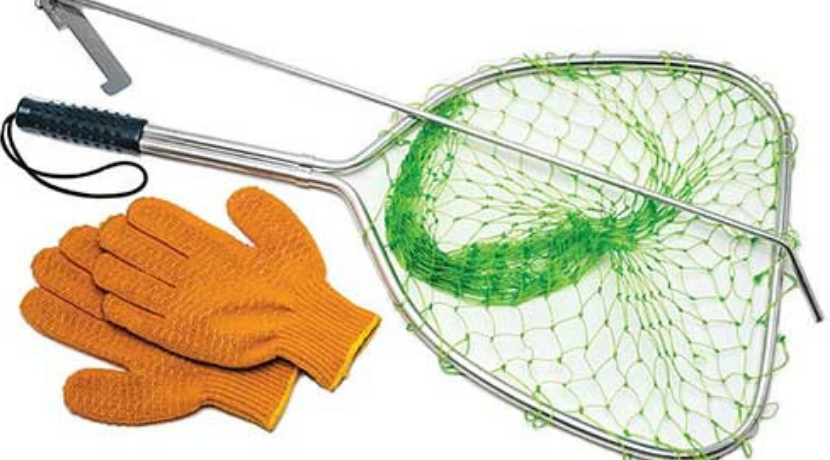
Lobster Season in the Florida Keys

During the last Wednesday and Thursday of every July, lobster season in the Florida Keys opens up. The two-day recreational season lets people go out on the water to harvest their lobsters before all commercial lobster fishing nets go out.
The regular lobster harvesting season begins on August 6 and ends on March 31, right before lobster mating season begins. During those months, recreational harvesting is allowed, but you'll have to compete with commercial lobster fishers.
Harvesting lobsters requires special equipment for the safety and comfort of both you and the crustaceans. Before you try your luck with lobster season in the Florida keys, you'll need to note a few things first.
What Do You Need to Know Before?

Depending on where you fish for lobsters, make sure you know the limit on how many you can catch. In some places, you can harvest twelve lobsters per person, but other areas only allow six.
If you encounter a female lobster with eggs, you can catch and release the lobster but not harvest it. Once more, do not harvest these lobsters since they must remain in the water to hatch their eggs.
When catching lobsters, keep in mind that they move backward very fast. Make sure you position your net behind them after gently tapping them with your tickle stick. Spiny lobsters are also quite shy, so you'll have to look closely for them in their hiding spots, usually in sand flats, holes, or shallow reefs. Keep an eye out for their antennae feeling through the sand.
While it may be fun to compete with other anglers for lobsters, be extremely wary out on the water. Some people get pretty greedy with their catches, and some areas can get crowded fast. If you're going to dive underwater, use a diving flag or stay close to your boat. While police forces do watch several populated harvesting spots closely, be careful nonetheless.
Bear in mind that you'll need a saltwater fishing license. You can find official fishing licenses through the Florida Fish and Wildlife website.
Where to Find Them
.png)
Photo Credit: hedgesfitness via Instagram
The Caribbean spiny lobster is also known as the West Indies spiny lobster. You'll usually find them in tropical and subtropical waters and some areas of the Gulf of Mexico.
Spiny lobsters tend to spend daylight hours hiding in holes, under rocks, or in coral outcroppings. They then emerge at night to feed.
You can identify the spiny lobster with the two cream-colored spots on top of their second tail segment. They use the long antennae over their eyes to scare off predators. Smaller antennae-like appendages below their eyes allow them to sense movement and possible danger in the water. They don't have pincers, and they have ten sharply-pointed legs.
Monroe County has the largest lobster population in Florida. However, lobster harvesting is strictly limited. Bag limits are smaller, and it's illegal to lobster dive at night.
The Middle Keys are prime harvesting grounds for lobster too. Reef sites like The Aquarium, The Garden, Fish Bowl, the Bomb Holes, the Seven-Mile Bridge, Herman's Hole, and Yellow Rocks are all excellent places to try finding some good catches.
If you want to bypass some of the lobster harvesting frenzies, Key Largo might be a fun location to try. You can also ask local divers for some unnamed reefs and sand flats.
Some places are no-zones during the lobster season in the Florida Keys. The Florida Keys National Marine Sanctuary, John Pennekamp State Park, Biscayne Bay-Card Sound Lobster Sanctuary, and Looe Key Sanctuary prohibit lobster harvesting.
What Tools Do You Need?

- A measuring device: You'll need a measuring device to be sure you're catching the correct-sized lobster. The spiny lobster has a carapace that's a little longer than 3 inches, which is the minimum carapace length. Always measure the lobster while it's still in the water.
Note that the law requires you to carry a measuring gauge. If not, you'll receive a fine, and your lobsters will get confiscated.
- Gloves: They don't call it a spiny lobster for nothing. A good pair of fishing gloves should protect your hands from the rough exterior of the lobster's body. You might also look for lobsters in shallow reefs, where coral can give you minor injuries without protection.
- Tickle stick: You'll need this tool to coax the lobsters out of their holes. Tap the lobster gently on their tail with it. Doing so will help the lobster move backward into either your catching net or your safely gloved hands.
- Gloves: They don't call it a spiny lobster for nothing. A good pair of fishing gloves should protect your hands from the rough exterior of the lobster's body. You might also look for lobsters in shallow reefs, where coral can give you minor injuries without protection.
- Saltwater fishing license: We've mentioned this part already, but it's important enough to talk about more than once. Once again, you can acquire these either online through the Florida Wildlife and Fish website. Make sure your license has a spiny lobster tag.
- Lobster net: If you're going to catch a lobster, you'll need something to carry it out of the water. Find a net that has a corrosive-resistant frame explicitly meant for saltwater use.
- Game bag: To temporarily store the lobsters you harvest, you'll need a mesh game bag. Most bags may only fit 2 to 3 lobsters. As a bonus, look for bags with locking mechanisms or ways of attaching the bag to a belt.
- Snorkeling set: To see the lobster better, a snorkeling set may be necessary too. You can find some good sets for cheap on Amazon or your local swimming store.
You should consider getting a pair of flippers if you think you'll want to cover a lot of water fast.
- Diving tag: If you're going to snorkel far from your boat, we recommend tying a diving flag to your ankle. The rest of your party can track you from above water with this tool. Plus, other people boating nearby will see you and not drive over the top of you. Depending on where you swim, it may be required to wear one.
You'll find plenty of shops around the Florida Keys that sell this equipment. If you already have some of these items, make sure they work before taking them to the water.
Find the perfect vacation rental to call home while you catch crustaceans.
And be sure to check out the other types of sport and backcountry fishing you can do while visiting the Florida Keys!


